Description
Basic Parameters
Inner diameter size: 60mm. This size determines that it is suitable for shafts with an inner diameter of 60mm and can fit tightly with the shaft to ensure the stability of the equipment during operation.
Outer diameter size: 130mm. The size of the outer diameter plays an important role in the installation space of the bearing in the equipment and its adaptability to surrounding components. The outer diameter of 130mm enables it to function in a suitable equipment structure.
Width size: 46mm. This width parameter ensures sufficient support area for the bearing and helps to bear loads in various directions.”
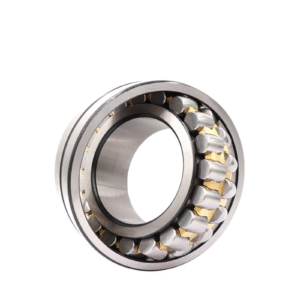
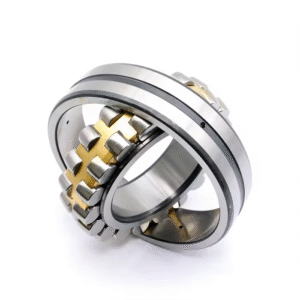
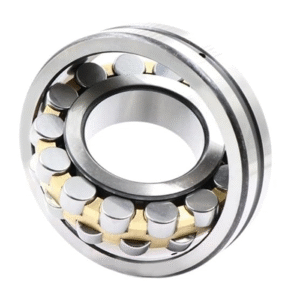
Characteristics
Self-aligning roller bearings are distinguished by their unique structural and functional attributes, tailored for high-load and misalignment-prone applications:
Exceptional Self-Alignment Capability
The spherical outer ring raceway enables the inner ring to tilt relative to the outer ring within 1.5°–3°, effectively compensating for shaft deflection, installation errors, or misalignment caused by heavy loads. This feature minimizes stress concentrations and ensures stable operation in non-collinear shaft-housing setups.
High Radial Load Capacity
With two rows of symmetrically arranged rollers, these bearings can withstand substantial radial loads, distributing forces evenly across the raceways. They are suitable for heavy-duty machinery such as crushers, gear reducers, or industrial motors.
Moderate Axial Load Resistance
While primarily designed for radial loads, they can handle bidirectional axial loads due to the geometry of the rollers and raceways, providing versatility in applications with combined load conditions.
Reliability in Harsh Environments
Their robust design reduces sensitivity to contamination and misalignment, making them suitable for dusty, vibrating, or poorly lubricated environments (e.g., conveyor systems or mining equipment). Proper lubrication further enhances durability and reduces wear.
Long Service Life
The load-sharing design of two roller rows, combined with the self-aligning feature, minimizes premature fatigue and wear, extending operational life even under fluctuating loads or shaft misalignment.
Easy Installation and Maintenance
The self-aligning property simplifies installation by reducing precision requirements for shaft and housing alignment. Routine maintenance focuses on lubrication management, as adequate grease or oil supply ensures optimal performance and prevents overheating.
Performance advantages
High load-carrying capacity: Due to its internal structure design and the distribution of rollers, the 22312CA bearing can bear heavy loads. This enables it to be applied in heavy-duty equipment such as heavy mining machinery and large cranes, providing solid support for the key components of the equipment and ensuring that the equipment can still operate normally under high-load conditions.
Good wear resistance: In the manufacturing process of the bearing, high-quality materials and advanced processing technologies are adopted. The contact surface between the roller and the raceway is finely ground, and both hardness and surface finish reach a very high standard. This high-quality surface treatment and material performance enable the bearing to effectively resist wear during long-term operation, reducing problems such as increased clearance and decreased precision caused by wear, thereby prolonging the service life of the bearing.
Stable operating performance: The self-aligning roller bearing 22312CA can maintain a low level of vibration and noise during high-speed operation. This is due to its precise manufacturing process and optimized internal structure. Stable operating performance can not only improve the working efficiency of the equipment but also provide operators with a relatively quiet and comfortable working environment. At the same time, it also helps to reduce damage to other components of the equipment caused by vibration.‘
The Working Principle
Self-aligning roller bearings operate based on their unique structural design, featuring two rows of spherical rollers that run on a spherical outer ring raceway and two inner ring raceways. The key working principle lies in their self-aligning capability: the spherical outer ring raceway is centered on the bearing axis, allowing the inner ring and rollers to tilt relative to the outer ring within a specific angle range (typically 1.5°–3°). This design compensates for shaft misalignment, installation errors, or deflection caused by heavy loads, ensuring stable operation even when the shaft axis is not perfectly aligned with the housing.When subjected to radial loads, the two rows of rollers distribute the load evenly across the raceways, enhancing load-carrying capacity. The bearings can also withstand moderate axial loads in both directions, as the roller geometry and raceway configuration constrain axial movement. The self-aligning feature reduces stress concentrations and minimizes premature wear, making them ideal for applications with misalignment risks, such as heavy machinery, motors, or conveyors. Lubrication is critical to reduce friction between rollers and raceways, maintaining smooth rotation and extending service life.
Application Fields
Self-aligning roller bearings are widely used across various industries due to their high load capacity and excellent self-aligning performance. In the mining industry, they are employed in crushers, conveyor systems, and ore processing equipment, enduring heavy radial loads and shaft misalignments caused by rugged operating conditions. In power generation, these bearings are crucial for turbines, generators, and cooling fans, ensuring stable rotation and long service life even under continuous heavy-duty operation.
Within metallurgy, self-aligning roller bearings support the heavy rolling mills, continuous casting machines, and other equipment that handle high-temperature and high-pressure processes. In the paper manufacturing sector, they are utilized in paper machines, drying cylinders, and calenders, where precise and reliable operation is essential despite potential misalignments from thermal expansion.
Inconstruction machinery, such as excavators, loaders, and bulldozers, these bearings enable smooth operation of engines, transmissions, and rotating components, withstanding the harsh conditions and frequent vibrations on construction sites. Additionally, in the cement industry, self-aligning roller bearings are used in rotary kilns, mills, and crushers, efficiently managing the substantial loads and misalignments associated with cement production.

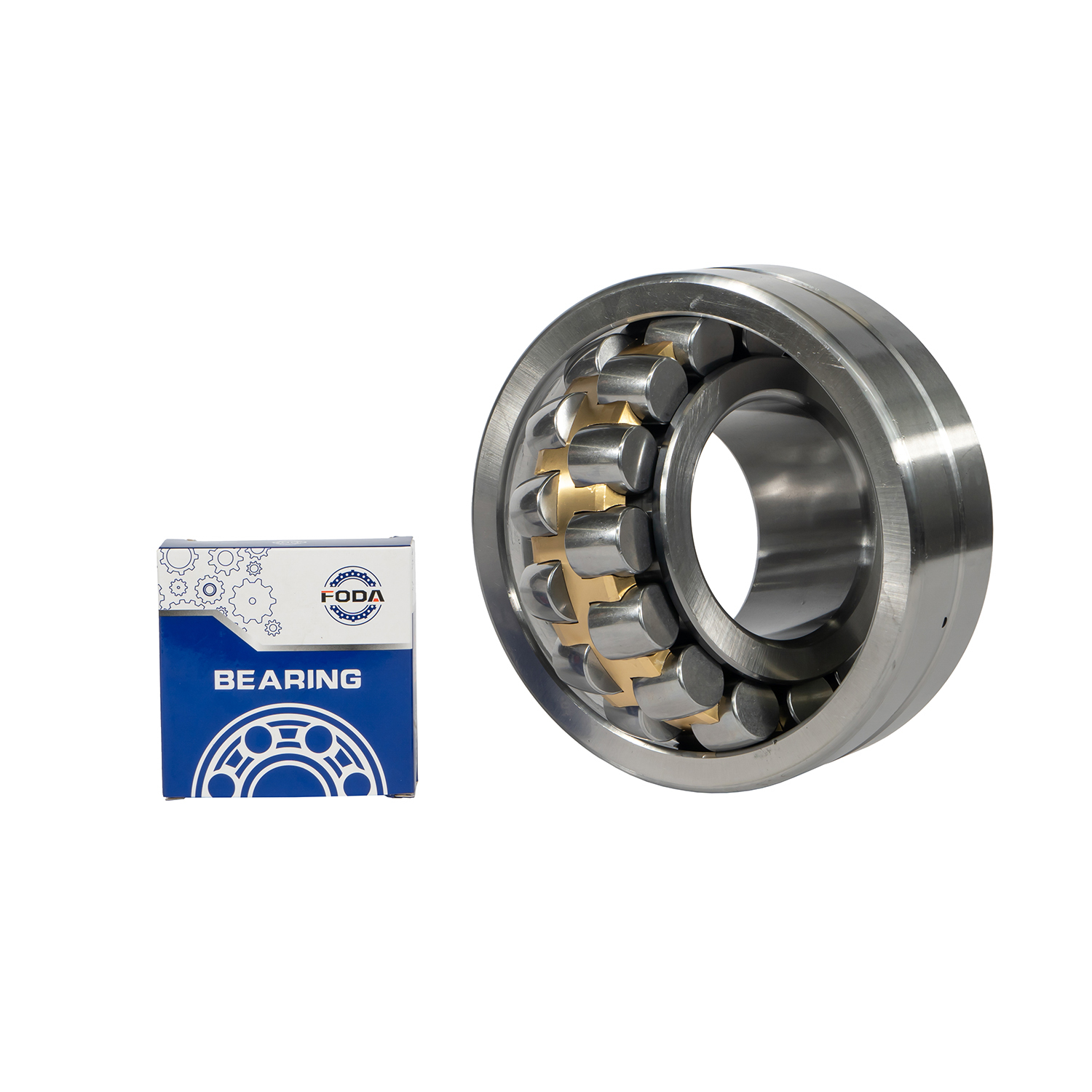
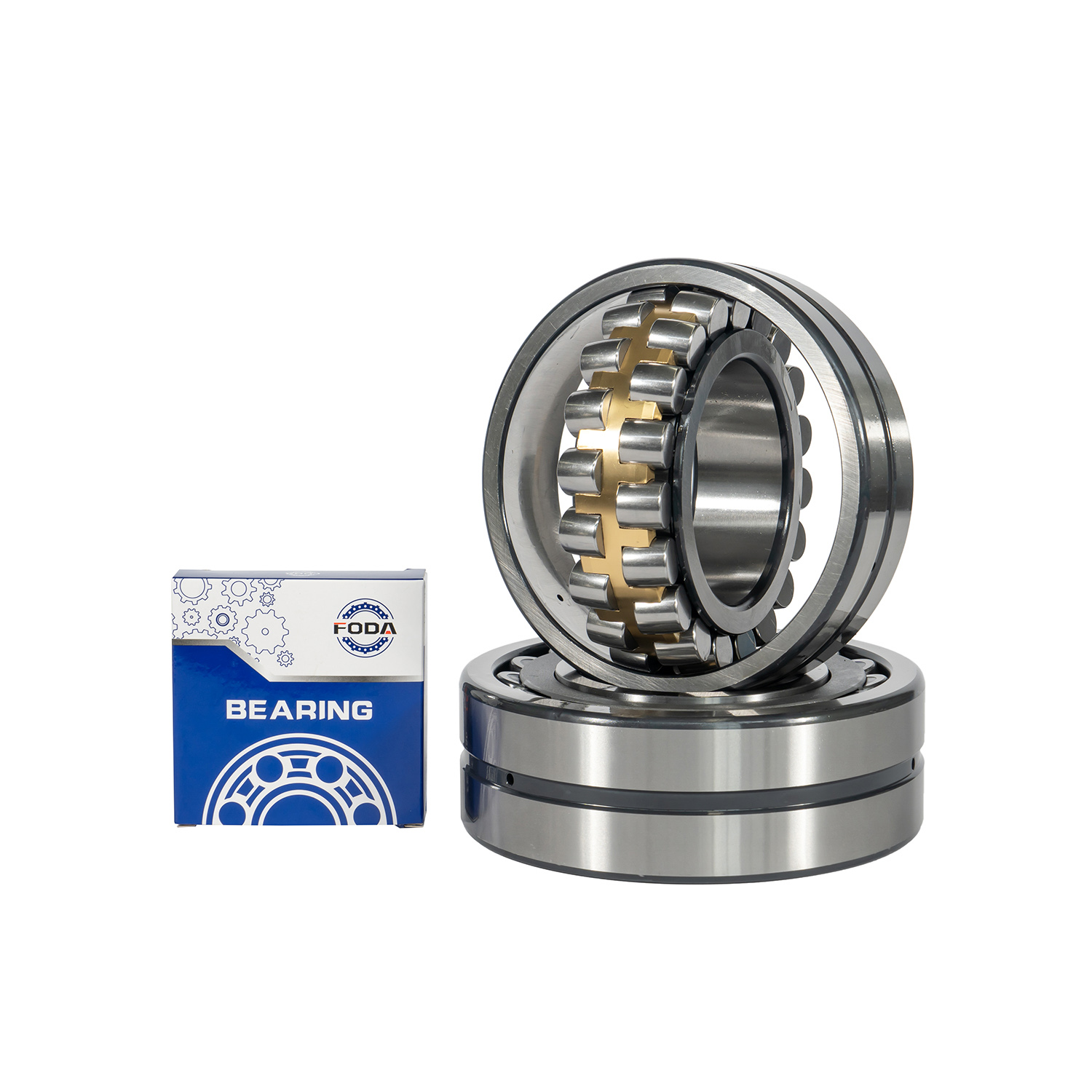
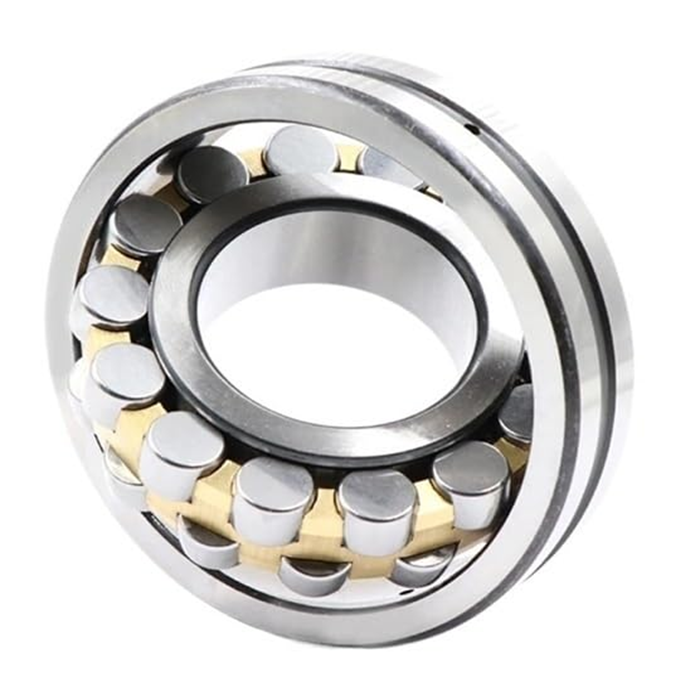
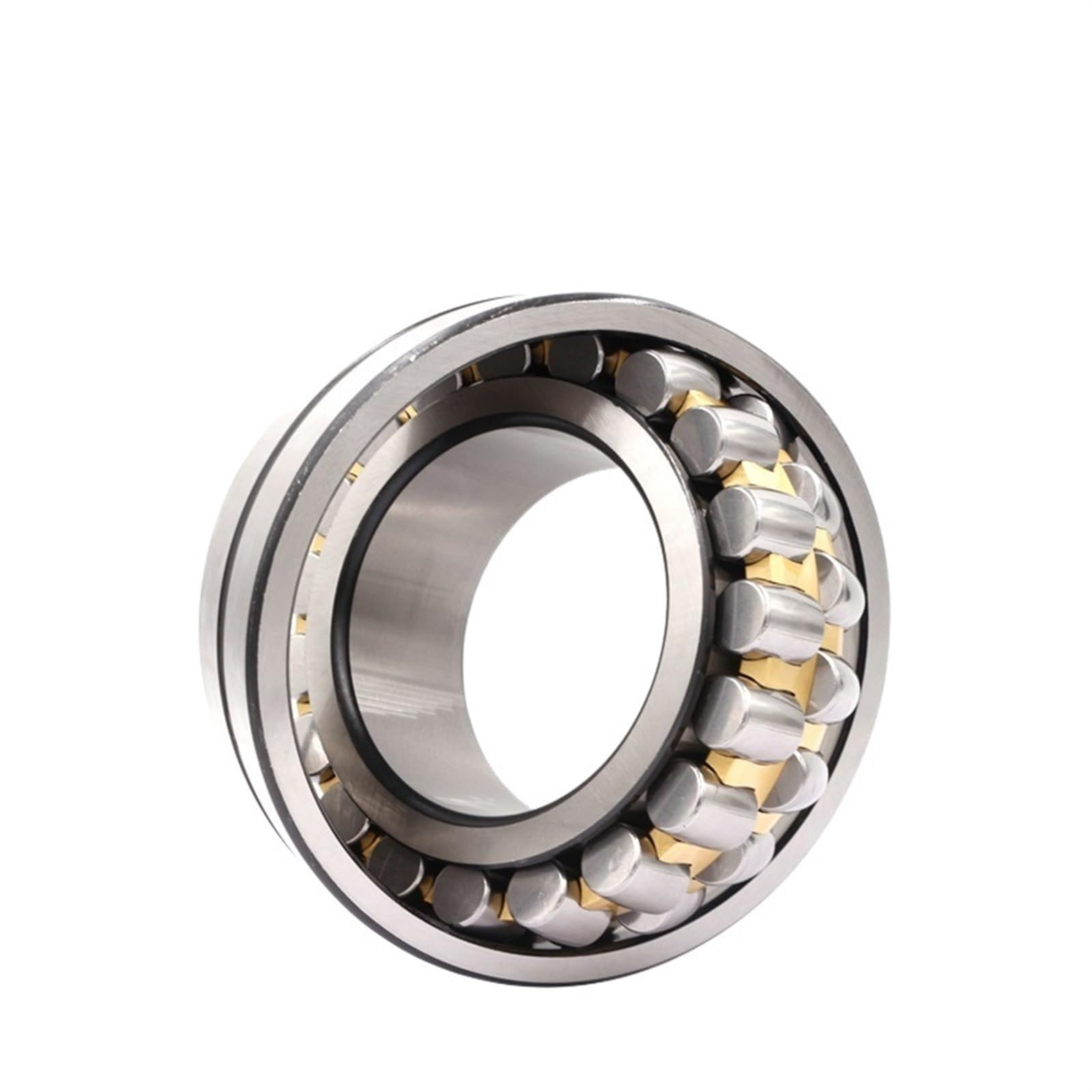




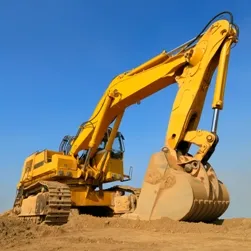
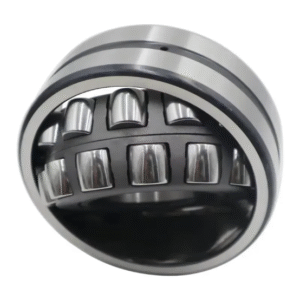
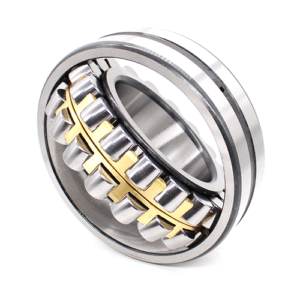
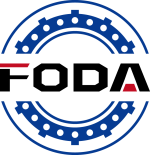
Reviews
There are no reviews yet.